The Swift Blue Line is a 16.7-mile bus rapid transit route operated by Community Transit in Snohomish County, Washington. Part of the Swift system, it runs along the State Route 99 and Evergreen Way corridor, connecting Everett Station and Shoreline North/185th station. The route includes 36 stations located within the cities of Everett, Lynnwood, Edmonds, and Shoreline.
5 hours ago : 19 Mexican Mafia Members Charged in Swifty Blue Murder Conspiracy Plot.
Nineteen alleged Mexican Mafia members and associates have been charged with conspiracy to murder Los Angeles rapper Swifty Blue. The charges stem from a plot allegedly orchestrated by the gang.
1910: Interurban Railway Service
In 1910, the Seattle–Everett Interurban Railway began running interurban service along the Pacific Highway.
1939: End of Interurban Railway Service
In 1939, the Seattle–Everett Interurban Railway service ended.
1991: Highest Ridership Corridor
By 1991, the State Route 99 corridor had the highest ridership on both Community Transit and Everett Transit.
1996: Sound Transit Established
In 1996, Sound Transit was established as a regional transit authority and selected the State Route 99 corridor as a route for its express bus system, later replacing it with a route on Interstate 5.
2002: BAT Lanes Constructed
In 2002, Sound Transit funded the construction of business access and transit (BAT) lanes on State Route 99 through Lynnwood from 244th Street to 148th Street.
2004: BRT Recommendation
In 2004, Community Transit's Strategic Planning Group published a recommendation for bus rapid transit service on the State Route 99 corridor.
December 2005: BRT Planning Accelerated
In December 2005, the CT Board of Directors approved an accelerated planning schedule for a bus rapid transit project.
July 26, 2006: Swift Unveiled
On July 26, 2006, Community Transit unveiled detailed plans for its bus rapid transit system, including the "Swift" name and logo.
December 5, 2007: Agreement Signed
On December 5, 2007, Community Transit signed an agreement with Everett Transit, which allowed for Swift to operate within Everett city limits.
December 3, 2008: Groundbreaking Ceremony
On December 3, 2008, a groundbreaking ceremony for the first Swift station was held at Airport Road in south Everett.
2008: Target Launch Date
In 2008, the bus rapid transit project aimed to begin service.
2008: Projected Start
In 2008, the first line of Swift was projected to begin operating.
May 5, 2009: Training Facility Opened
On May 5, 2009, the first station to be completed, a training facility at the Merrill Creek bus base, was opened during a media event.
May 2009: Grants Awarded
In May 2009, the stations were paid for by $1.6 million in regional mobility grants from the Washington State Department of Transportation to Everett Transit.
June 2009: Station Construction
In June 2009, construction of stations began with the installation of shelters, beacons, and other amenities.
September 2009: First Station Completed
In September 2009, the first station on the line was completed at 196th Street in Lynnwood.
November 29, 2009: Blue Line Opens
On November 29, 2009, the Blue Line opened with 28 stations as "Swift". It became the first bus rapid transit system in Washington state, with a construction cost of $29 million.
May 2010: Vision 2040 Award
In May 2010, Community Transit earned a Vision 2040 Award from the Puget Sound Regional Council due to the successful launch of Swift.
June 2010: Curb Bumpers Installed
In June 2010, curb bumpers were installed to help guide buses closer to the raised platform.
December 2010: Infill Stations Added
In December 2010, four infill stations located in Everett were added to Swift.
2010: RapidRide Opens
In 2010, King County's RapidRide opened a year after Swift.
2010: Sunday Service Suspended
In 2010, Sunday service was suspended entirely due to budget cuts.
2010: Service Reduction
In 2010, the rest of Community Transit service was reduced due to the grants paying for the majority of the cost to operate Swift.
January 2011: Infill Stations Added
In January 2011, four infill stations located in Everett were added to Swift.
2011: Infill Stations Open
In 2011, four infill stations in Everett were opened.
February 2012: Service Reduction
In February 2012, a major system-wide service reduction reduced the weekday headway to 12 minutes.
2012: Queue Jump Signal Installed
In 2012, a queue jump signal for northbound buses was installed at 148th Street Station.
2013: Real-Time Arrival Signs Debuted
In 2013, real-time arrival signs debuted at Swift stations, featuring a countdown to the arrival of the next bus.
February 2014: RapidRide E Line Introduction
In February 2014, bus service on Aurora Avenue North was upgraded to bus rapid transit with the introduction of the RapidRide E Line, which terminates at Aurora Village Transit Center.
June 2015: Refuge Island Removed
In June 2015, the Washington State Department of Transportation removed part of the refuge island at the intersection of State Route 99 and Airport Road to create a through lane exclusively for Swift buses.
2015: Sunday Service Restored
In 2015, Sunday service was restored after being suspended in 2010.
February 3, 2016: College Station Opens
On February 3, 2016, a southbound Swift station, College Station at 204th Street SW in Lynnwood, was opened.
August 2016: Blue Line Moniker
In August 2016, the line gained the "Blue Line" moniker with the announcement of a second line, the Green Line.
September 2018: Frequency Restored
In September 2018, the 10-minute weekday frequency was restored.
March 2019: Green Line Opens
In March 2019, the Green Line opened as the second line.
March 24, 2019: Green Line Opened
On March 24, 2019, the Green Line opened and connects with the Blue Line at Airport Road Station.
September 2019: Saturday Frequency Increase
In September 2019, Saturday frequency was increased from 20 minutes to 15 minutes.
September 2020: Full Service Restored
In September 2020, full service was restored.
August 2023: New Northbound Station at 196th
A northbound station at 196th Street opened in August 2023 as part of preparations for the future Orange Line, which has a transfer at the intersection. It is the first station to use an updated Swift design with longer windscreens, improved station signage and digital kiosks, and a new roof.
September 14, 2024: Blue Line Extension to Shoreline North/185th Station
On September 14, 2024, the Blue Line was extended through Shoreline to connect with Link light rail at Shoreline North/185th station. The extension opened two weeks after the station opened as part of the Lynnwood Link Extension.
2025: Equivalent Project Cost
In 2025 dollars, the total project cost was equivalent to $42.5 million.
2040: Award Context
In May 2010, Community Transit earned a Vision 2040 Award from the Puget Sound Regional Council due to the successful launch of Swift.
Mentioned in this timeline

Seattle Washington is the most populous city in both Washington...
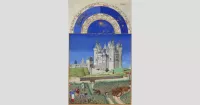
September is the ninth month of the year in the...

A countdown is a sequence of backward counting to indicate...

An aurora also known as the northern or southern lights...
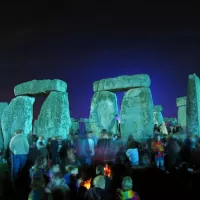
A community is a social unit defined by a shared...
Blue is a primary color in both the RYB and...
Trending

22 minutes ago Rikishi and WWE Hall of Famer Dispute Charlotte Flair's Status as Wrestling GOAT
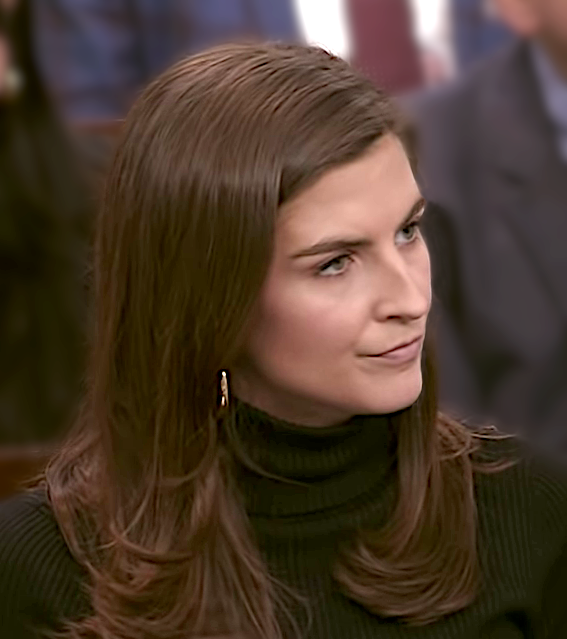
22 minutes ago Trump's deadline history, Israel-Iran war delay, and Psaki's media criticism covered.

22 minutes ago Marchesín details clash with Otamendi, talks Boca-Benfica incident, and possible Club World Cup
23 minutes ago Bayern Munich faces Boca Juniors in Klub-WM; Kompany benches Müller.
1 hour ago Alexa Bliss in King and Queen of the Ring Tournament on WWE SmackDown.

1 hour ago Morgan Wallen's Tour Debut: NFL Cameos and Texas Concert This Weekend
Popular
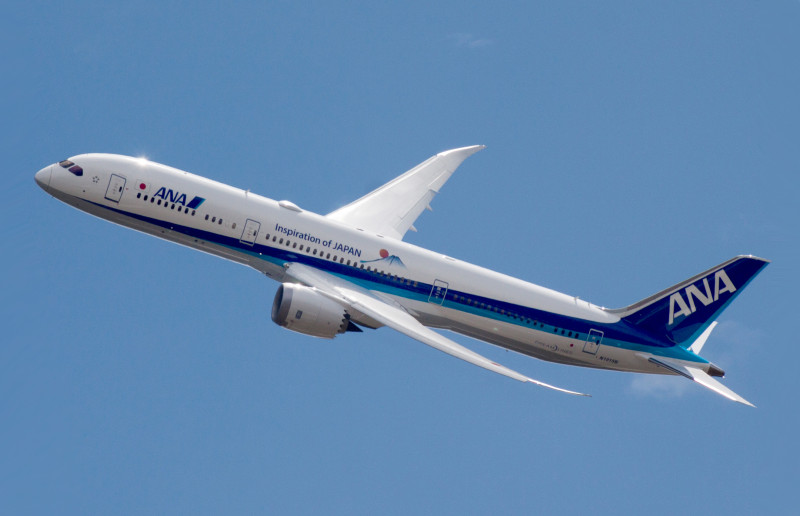
The Boeing Dreamliner is an American wide-body airliner developed by...

Cristiano Ronaldo often called CR is a Portuguese professional footballer...
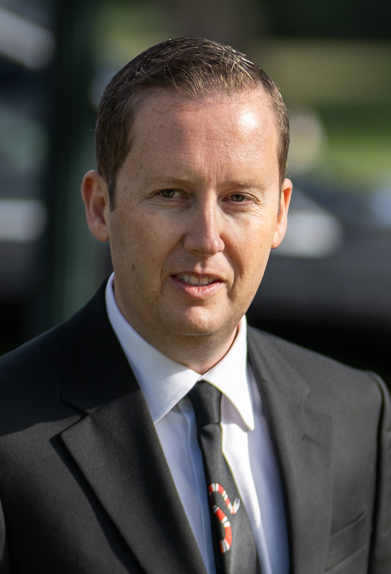
Sergio Gor is a Maltese American businessman and political operative...

Kristi Noem is an American politician and Air Force Auxiliary...

Benjamin Netanyahu is a prominent Israeli politician currently serving as...

Greta Thunberg is a Swedish climate activist who gained international...